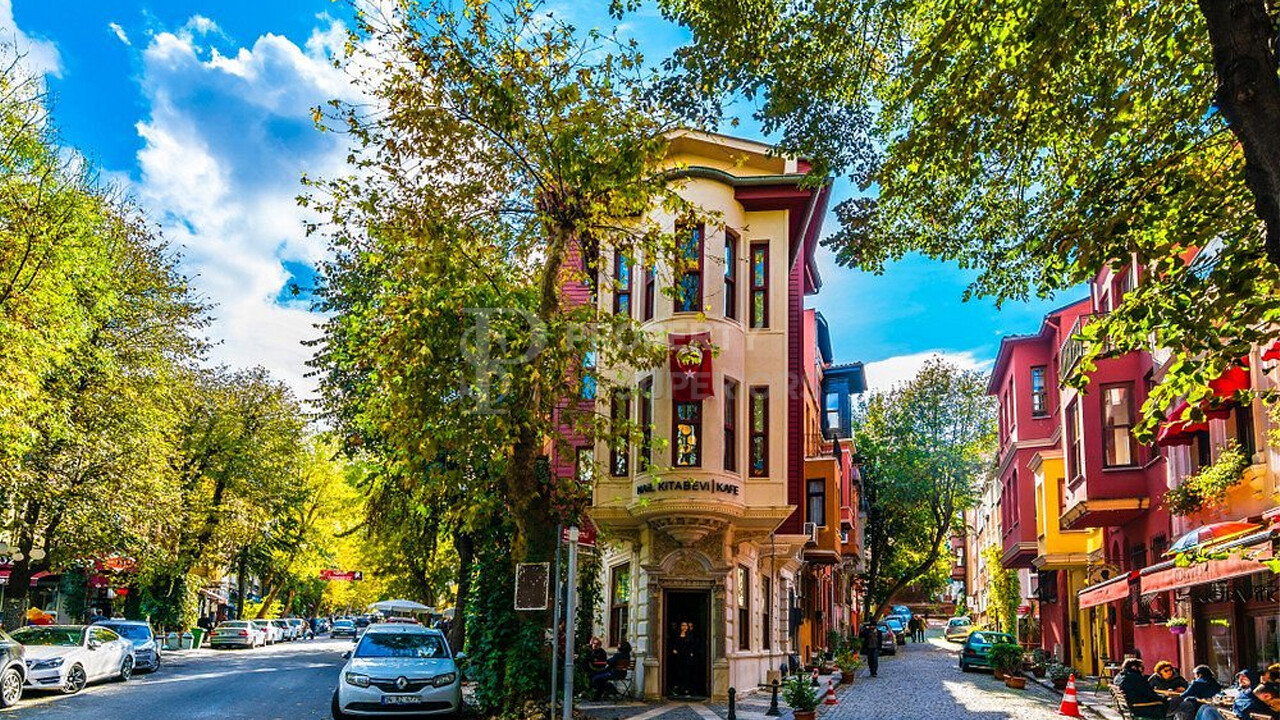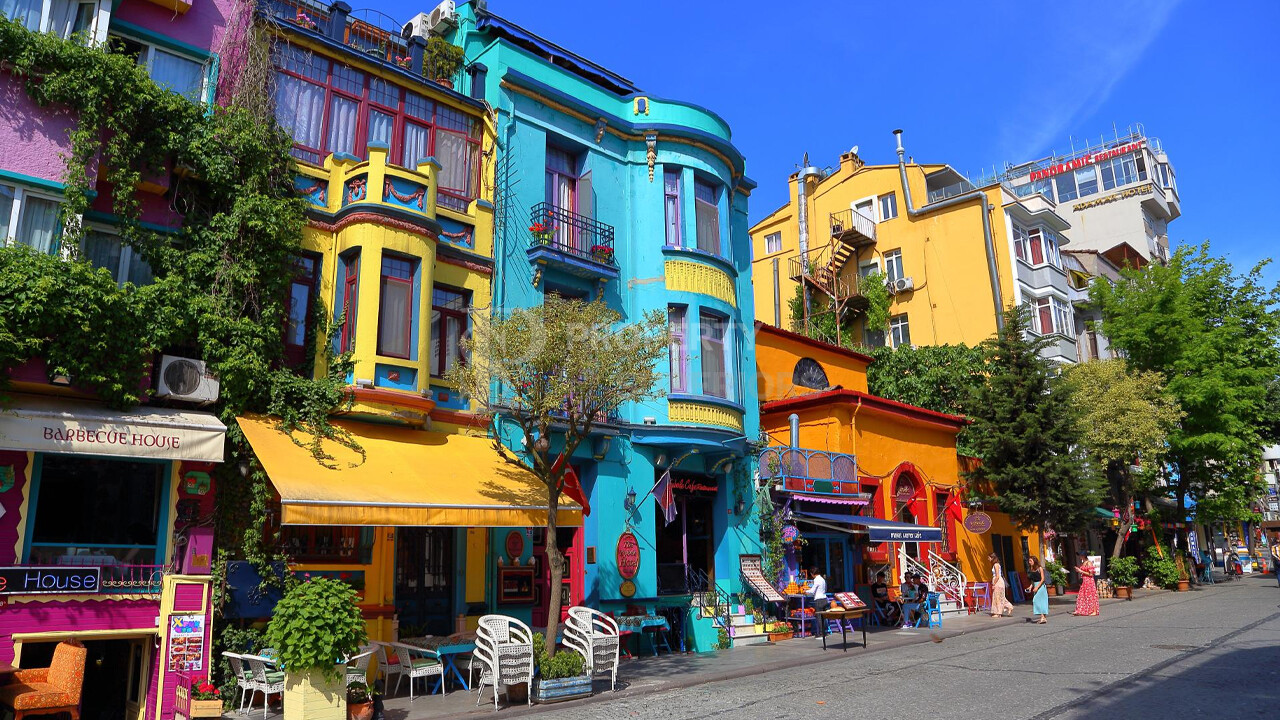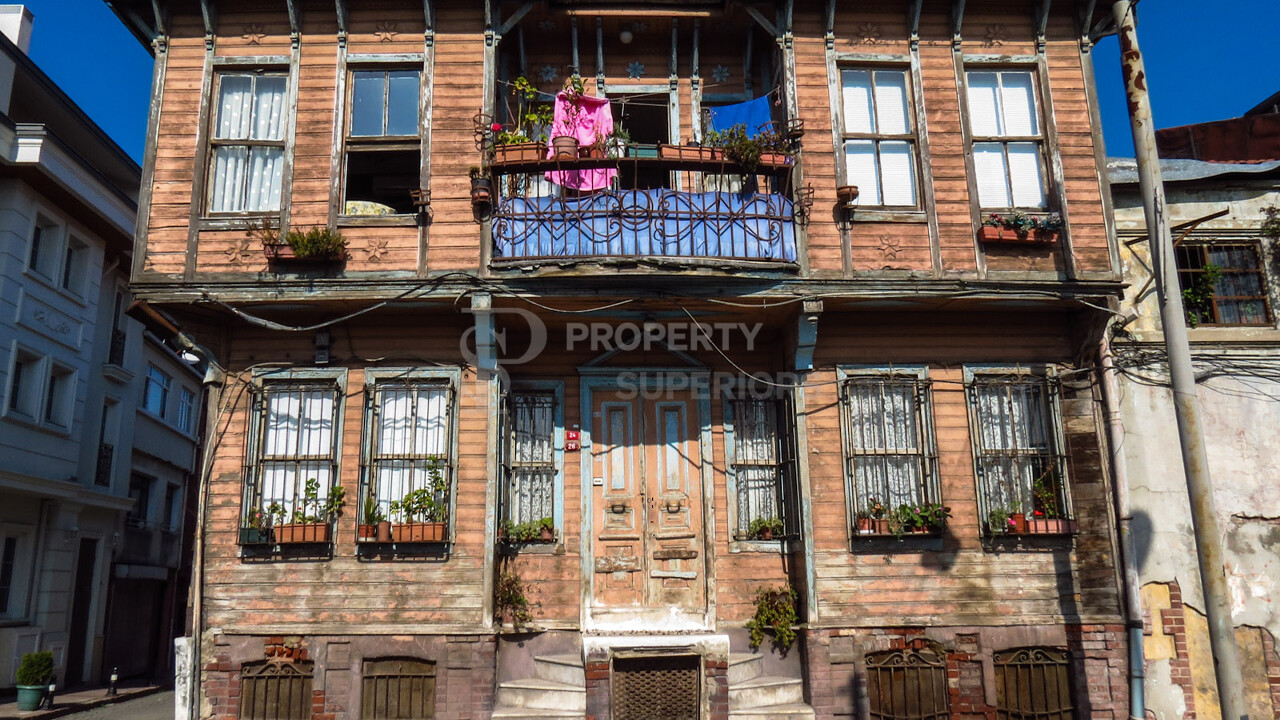
Istanbul's housing patterns provide fascinating insights into not only the country's largest city but also the ways in which external influences and architectural trends can alter an urban environment. Although Turkey's real estate market has been modernising for the past ten years, long-term visitors and locals have witnessed significant changes well before this.
In this Blog Post:
- Istanbul Housing Styles: A Mid-Rise Apartment Boom
- Istanbul's Ancient Wooden Houses
- Colourful Houses in Balat and Fener
- Modern Housing Styles
Istanbul Housing Styles: A Mid-Rise Apartment Boom
According to Sibel Bozdog, the mid-rise apartment block trend and forced population growth past one million in Istanbul during the 1950s and 1960s were caused by a mass migration from rural Anatolian areas, which also altered the city's residential architecture and urban landscape.
The demand for housing was so great that shanty towns (gecekondu) sprung up on the outskirts, and upper-class people with extra money could live in gated communities.
Although the 1950s to 1980s marked a turning point in the way the people of the area lived, there are more interesting styles that date back to the Ottoman era and will appeal to tourists. The entire Bosphorus shoreline of Istanbul offers a vast assortment of historic real estate for purchase.

Istanbul's Ancient Wooden Houses
Wood was used to build homes by skilled artisans starting in the 16th century. With a ground floor storage area, the majority had two or three stories. Residents ate and slept in a multipurpose room upstairs, with the toilets outside.
According to some historians, the practise of utilising a single, large space for multiple purposes originated with the nomadic Turkish tribes, whose cultural influence can also be seen in antique, genuine Turkish carpets.
But because wood poses a serious fire risk, building regulations outlawed its use for residential construction following World War One. As a result, wooden homes became uncommon in Istanbul. There are now very few intact examples of the pre-19th century dilapidated homes that were eventually demolished because they were unsafe to live in.
After UNESCO became aware of them and declared in 1985 that they belonged to the global cultural legacy, they concentrated their efforts on the Zeyrek and Suleymaniye neighbourhoods in the Fatih district. Exedras, a semi-circular sitting area on the front facade, was one of the main features of these adjacent properties, which were constructed with oak and pine.
UNESCO and official Turkish organisations worked to restore them over a five-year period, from 1999 to 2004. In 2006, Turkey established KUDEB, an organisation that specialises in traditional building methods, and claimed to have brought 55 homes back to their former splendour.
However, a 2010 World Bulletin article claimed that homes in Suleymaniye were in danger. Only 250 wood houses remain, according to Martin Bachman of Germany's Archaeological Institute, despite being the most common type of housing in Istanbul during the Ottoman era.
Sogukcesem Street, which is close to the Sultanahmet district, frequently draws in inquisitive visitors who are eager to see the restored four- to ten-bedroom homes of Turkish preservationist Celik Gulersoy. As the Ayasofya Pansiyonlari hotel, three are currently open.
Colourful Houses in Balat and Fener
The European Union allocated seven million euros in 2003 to preserve houses in the Balat and Fener districts; in subsequent phases, they also covered the neighbourhoods of Zeyrek and Suleymaniye.
Balat and Fener have exedras in addition to three-story stone buildings. Walking tours through the streets of the old Jewish and Greek Orthodox neighbourhoods are popular among tourists who wish to see neighbourhoods away from the tourist areas. These tours are often featured in travel magazines.
Another well-liked location to witness vibrant Ottoman houses is the Asian side's Kuzguncuk neighbourhood. Numerous Turkish soap operas have featured these homes.

Bosphorus Yali Mansions
By taking a quick ferry ride, you can see the wooden yali mansions that line the Bosphorus shoreline, which were constructed and owned by wealthy Ottoman society members. These luxurious beachfront villas were not only ornate and luxurious, but they also featured separate areas for men and women to use when entertaining guests. They are now the most expensive real estate in Turkey due to their historical significance. Learn more about Istanbul's mansions along the Bosphorus.
Modern Housing Styles
The newest thing in Istanbul, particularly for Europeans, is living in skyscrapers, which come with shared amenities like 24-hour security, gyms, and indoor and outdoor pools.
International buyers are easily drawn to outskirt areas like Buyukcekmece and Esenyurt due to lower prices compared to central districts. It is therefore the most well-liked location in Turkey for the sale of foreign homes. (Here are some instances of Istanbul real estate for sale.)
Tip: Check out the captivating photographs by Ara Guler of Istanbul's past housing designs. Known as the "eye of Istanbul," he spent more than 70 years taking pictures of the city before passing away in 2018. The Sisli Ara Guler Museum currently has a selection of his artwork on display.
Related posts:
The Turkish official gazette published on Tuesday, December 12, a Republican decision issued by the presidency of the Republic of Turkey and Turkish President "Recep Tayyip Erdogan" and bearing the number 32397 regarding making some amendments to the conditions for...
The first day of last September witnessed the implementation of a new law imposing financial fines on real estate owners who impose exorbitant rents on tenants in Turkey, as disputes in recent years between landlords and tenants of real estate...




 New provisions for obtaining Turkish citizenship through real estate ownership
New provisions for obtaining Turkish citizenship through real estate ownership
 Turkish Real Estate Rental Law 2024
Turkish Real Estate Rental Law 2024
 Ways to obtain Turkish citizenship through investment 2024
Ways to obtain Turkish citizenship through investment 2024
 How to choose an ideal apartment in Turkiye?
How to choose an ideal apartment in Turkiye?
 Turkish passport... Extraction method and fees 2024
Turkish passport... Extraction method and fees 2024
